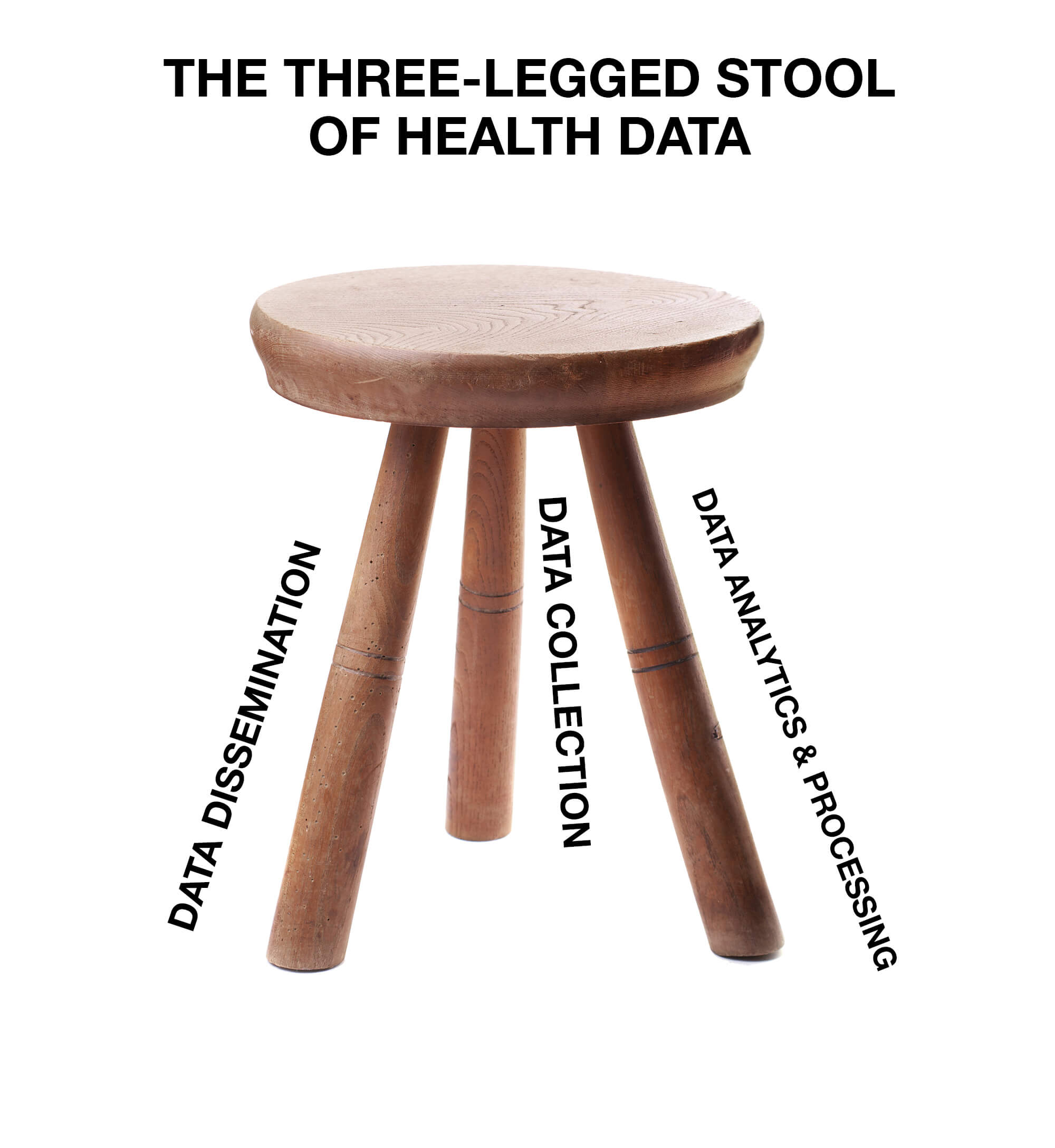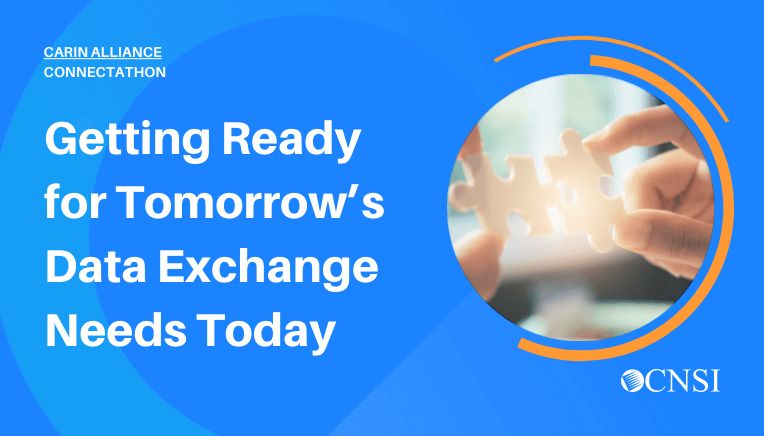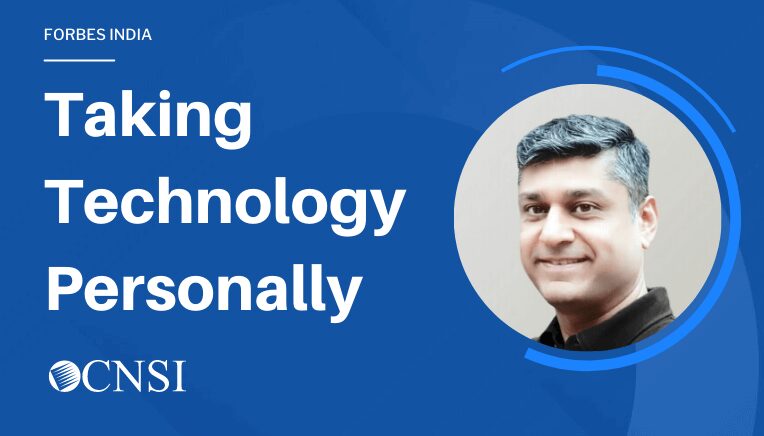
Demystifying Big Data: The Three Legged Stool of Health Data
April 26, 2016
Categories: Thought Leadership
We live in a period of rapid change for healthcare information technology, with recent stats showing that the market is up 25% since 2012, and that the first quarter of 2016 saw venture capital investments in health IT rise to $1.4B. The growth of this industry can largely be attributed to major initiatives from the Centers for Medicare and Medicaid, the Office of the National Coordinator of Health IT, and the White House. The Affordable Care Act, Comprehensive Primary Care Plus, the Roadmap to Interoperability, and the Precision Medicine Initiative all focus on value-based, patient-centered care and rely heavily on technology to make their mission a reality. The underlying resource supporting these initiatives is data. Very big data.
Sometimes it is hard to see how a universe of infinite inputs, outputs, and numbers will transform us into a nation of healthy individuals with affordable healthcare. While the consensus is in that in the big picture, wearables and IoT, predictive and prescriptive population health analytics, and value-based payment models are paths toward tangible and improved health outcomes, it is often difficult to conceptualize the fundamental and basic role big data plays in these initiatives. But what if there was a way to strip down all of the technology, infrastructure and hardware in order for an organization to best understand and leverage all of its data? Enter the “Three-Legged Stool”. 
Imagine a simple wooden stool, one with three legs and a seat. The seat of the stool represents all of the data products that are generated to support the initiatives’ mission and to achieve its goals. But data does not exist in a vacuum— it needs support. Data collection, data analytics and processing, and data dissemination represent the foundation required to monitor, measure and make business-driven decisions for healthcare initiatives.
Data collection is the first step. A whole host of systems capture and store data; this includes electronic health records, device monitoring data, provider data, ICD-10 codes, and much more. But what good is a mound of data if you don’t know what it means?
Data analytics and processing is the start of data transformation. This is where data is converted into information, knowledge, and ultimately useful insights. Healthcare analytics and processing includes simple and complex data aggregation, trend analysis, and outcome correlations.
But data, information, knowledge and insights are only helpful if they improve outcomes. Patient-related data products disseminate to healthcare providers and patients so that they can impact care and improve overall health (e.g., using data to reduce hospital readmission rates).
This concept of a three-legged stool is a simple way of looking at a complex series of processes that provide the foundation for our most important health initiatives. Once we successfully demystify big data and the impact it has on our health initiatives, we can better support them and continue to improve outcomes for population health.
What do you think about the role big data plays in the latest healthcare initiatives? How do you best understand big data? Let us know by finding us on Twitter @CNSICorp.

This blog entry was written by Jim Harbour, CNSI’s big data expert. He will be writing about the relevant aspects of using data to tell meaningful stories. This includes writing about why we tell (and listen to) stories, what makes a good story, data analytics, big data, data visualization, data science, and anything else that applies to being able to take data and weave a story from it that has meaning and value. Jim has worked in a variety of architecture, analysis, design, development, and operations roles at CNSI and throughout his career. He believes in sharing knowledge and mentoring at all levels, including these blog posts. Follow him on Twitter @JSilasHarbour.







